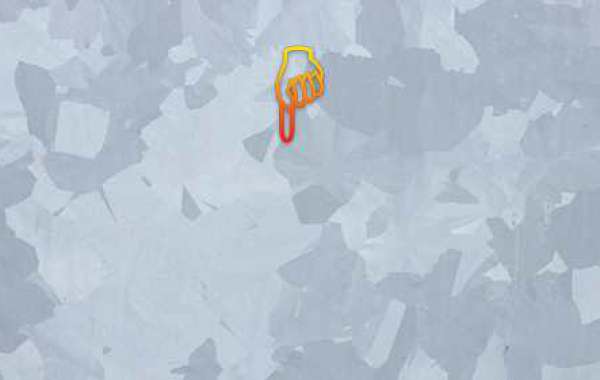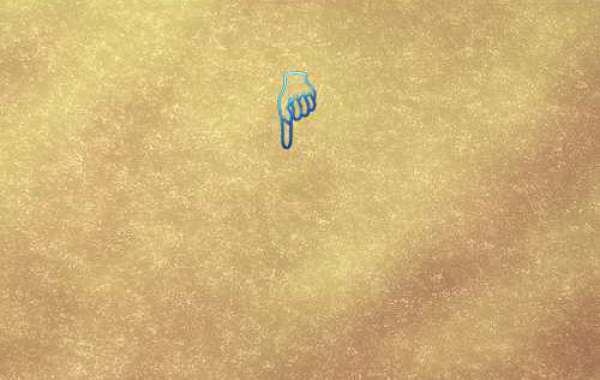What are the causes of telogen effluvium?

Telogen effluvium (TE) is a diffuse hair loss disorder that affects up to 30% of the population. TE results in a noticeable increase in hair shedding and is characterized by hair that is thin and lacks luster. There is no specific cause why telogen effluvium occurs but these are the mostcommon causes:
- Severe stress. Prolonged periods of stress can result in telogen effluvium. Hair loss typically occurs about 3 months after the stressful event.
- Poor diet. Hair requires key nutrients including protein, iron, B-vitamins, and zinc to grow. A shortage of these nutrients may affect the quality and quantity of a persons hair.
- Pregnancy and childbirth. During pregnancy, more hair is in the growth phase of the hair cycle for longer. Hormonal changes that occur 3 to 6 months after birth can cause hair to shed. This is called post-partum telogen effluvium.
- Menopause. Hormonal changes that occur during the menopause may also cause telogen effluvium.
- Underlying health conditions. These can include autoimmune disease, conditions that affect the thyroid gland, and alopecia areata.
- Surgery. Depending on the type of procedure, length of stay in hospital, medications, and overall nutritional status.
What is the symptom of telogen effluvium?

Themain symptomof telogen effluvium is an increase in the amount of hair a person sheds. Someone may notice that more hair than usual is falling out when they wash or brush their hair. They may also find more hair in the drain or on their pillow.
Who gets telogen effluvium?
Telogen effluvium is a common problem and can affect people of any age, but it is more common in women than in men. Acute telogen effluvium can affect people of all age groups and both sexes. Chronic telogen effluvium with no clear precipitating cause tends to present in otherwise healthy women 3060 years of age. The hair loss that occurs with telogen effluvium is typically diffuse and may not be noticeable until more than 50% of the hair has been lost.
What are the clinical features of acute telogen effluvium?
TE is typically caused by an acute event such as pregnancy, childbirth, major surgery, significant weight loss, or high fever. The clinical features of TE include the resting scalp club hairs remaining firmly attached to the hair follicle at first. The new hairs coming up through the scalp push out the resting club hairs and increased hair fall is noticed 2 to 4 months after the triggering event.
Thus, with this type of hair loss, hair fall is a sign of hair regrowth. In fact, as the new hair first comes up through the scalp and pushes out the dead hair, a fine fringe of new hair is often evident along the forehead hairline.
But at first, the fall of club hairs is profuse and a general thinning of the scalp hair may become evident but after several months a peak is reached and hair fall begins to lessen, gradually tapering back to normal over 69 months in most cases. Afterwards, as the hair fall tapers off, the scalp thickens back up to normal, but recovery may be incomplete in some cases.
Additionally, because nail and hair growth are under the same influences, an arrest in hair growth is often mirrored in the nails by a groove across them coinciding with the time of the shock to the system aBeau line.
The time of the shock can be estimated from the fact that a fingernail takes 5 months to grow from the posterior nail fold to the free edge. So if the groove in the nail is halfway down the nail, the shock must have been two and a half months ago.
Read more here








